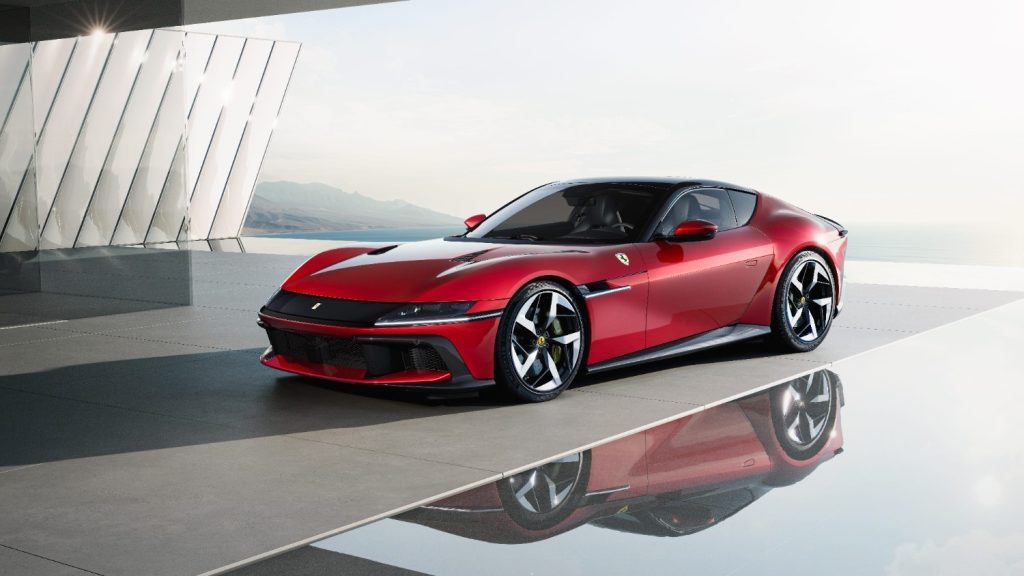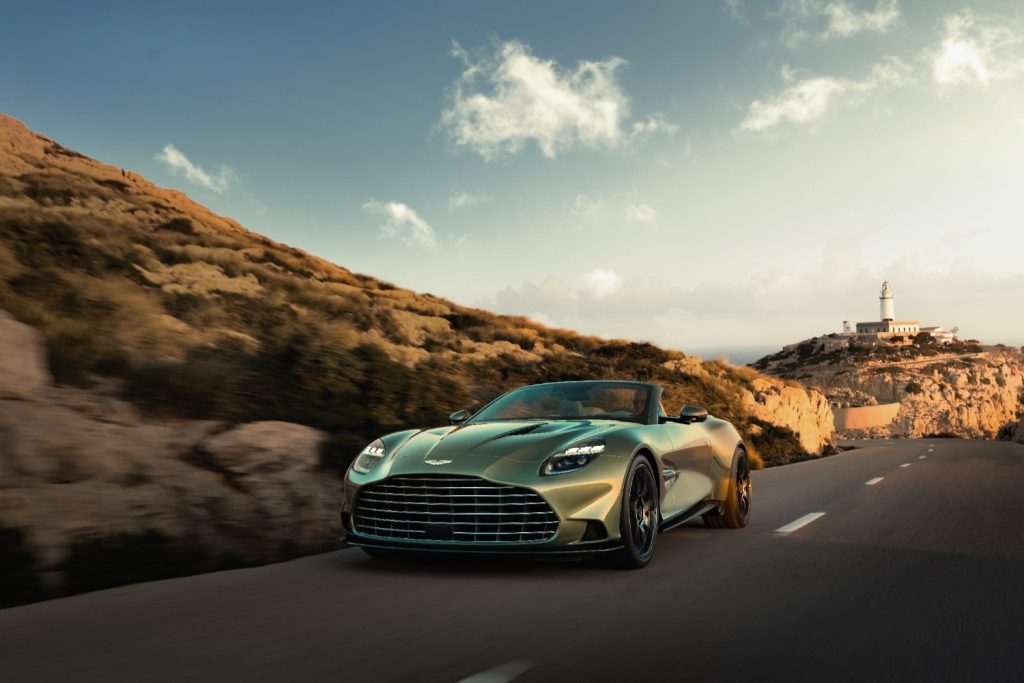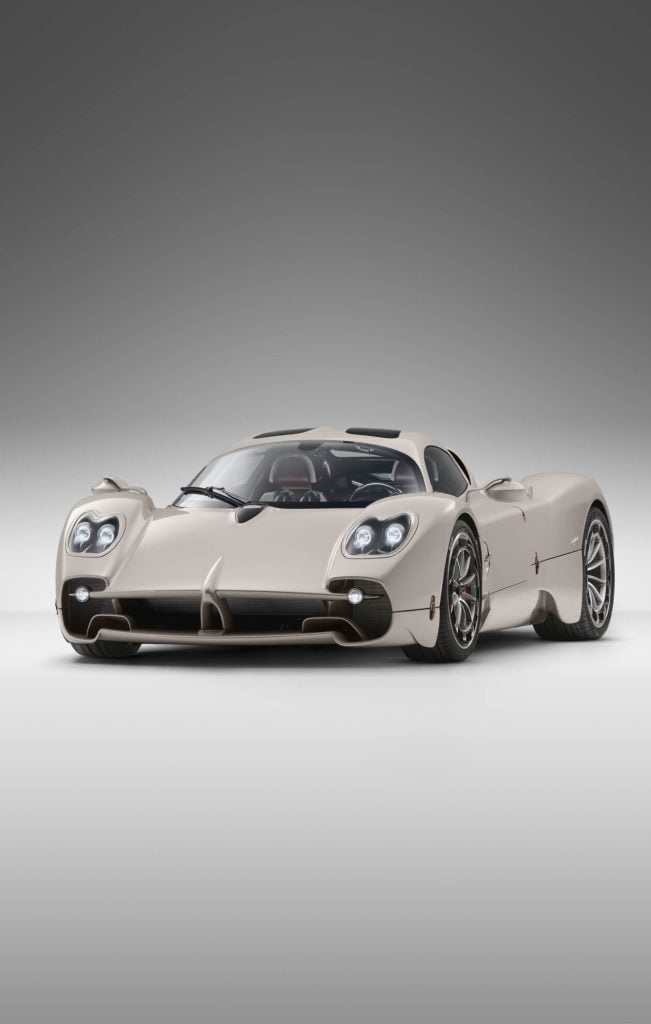Best V12 Sports Cars: 5 Icons of Power, Performance, and Prestige
Discover the top 5 V12 sports cars of 2025—Lamborghini, Ferrari, Aston Martin, Pagani, and GMA—each keeping the legendary twelve-cylinder thrill alive
At a time when every carmaker is desperately trying to convince you that silence is the new speed and electricity is the new excitement, the V12 stands up, clears its throat, and bellows, “absolutely not.” While the world hums along in its little battery-powered hush, these five machines arrive like heavy metal guitarists crashing a meditation retreat—loud, unapologetic, and gloriously unnecessary. They guzzle fuel, warp your face under acceleration, and make noises that could frighten livestock three postcodes away. And thank heavens for that. Because in 2025, when cars are starting to behave more like smartphones on wheels, these V12 monsters remind us that driving should still feel a bit dangerous, a bit ridiculous, and entirely magnificent.
Lamborghini Revuelto

If any brand was destined to carry the V12 torch into the future, it was Lamborghini. But rather than simply preserving tradition, the Revuelto reinvents it. At its core lies a familiar 6.5-litre naturally aspirated V12—Lambo’s beating heart—paired with three electric motors that push combined output past the four-figure mark. The result isn’t subtle. It’s a 1,000-horsepower masterpiece that mixes electrified torque with the primal shriek of a V12 revving toward the heavens. In a world where hybridisation is often synonymous with efficiency, Lamborghini flips the script. Here, electricity is not a compromise; it’s an accelerant. The Revuelto is not just a supercar. It’s a statement that the V12 can evolve rather than bow out.
Ferrari 12Cilindri

Where Lamborghini chooses progress, Ferrari chooses purity. The 12Cilindri revives the spirit of the brand’s grand touring greats—long bonnet, clean lines, and a naturally aspirated 6.5-litre V12 that sings its sonata all the way to a stratospheric redline. In a world obsessed with turbos and hybrid trickery, Ferrari delivers something almost radical: a V12 unassisted by electrification. This car is an ode to feel. To throttle response. To an engine note that crescendos with operatic clarity. The 12Cilindri is less about numbers and more about narrative—about preserving the essence of what a Ferrari V12 means to generations of enthusiasts.
Aston Martin Vanquish

The return of the Vanquish marks a renaissance for Aston Martin. Under its sleek skin lies a 5.2-litre twin-turbo V12 that can propel the car to 214 mph without breaking a sweat. But what sets the Vanquish apart isn’t just its speed; it’s the way it blends ferocity with sophistication. This is a car that doesn’t shout—it commands the room with quiet authority. The cabin is a cocoon of craftsmanship, the suspension tuned for both grand touring serenity and spirited backroad blasts. In an era of extremes, the Vanquish plays the role of the refined heavyweight, delivering V12 performance with tuxedo-level elegance.
Pagani Utopia

Pagani does not make cars so much as it sculpts kinetic art. The Utopia continues that tradition with an AMG-sourced 6.0-litre twin-turbo V12 that produces enough torque to bend the horizon. But what makes the Utopia truly extraordinary is the availability of a manual gearbox—yes, a manual, paired with a V12, in 2025. This combination is as rare as a solar eclipse, and just as breathtaking. Pagani maintains that driving should engage every sense, and the Utopia proves the point. This is an analog soul thriving in a digital age.
Gordon Murray Automotive T.33

If the other cars on this list celebrate excess, the GMA T.33 celebrates restraint. Gordon Murray’s philosophy is simple: lightness is performance. And with a compact 3.9-litre naturally aspirated V12—developed by Cosworth and capable of spinning to astonishing RPMs—the T.33 embodies the kind of purity seldom seen today. No hybrid systems. No oversized turbos. No unnecessary mass. Just a driver, a featherweight supercar, and a V12 that responds to your right foot like a conductor to his orchestra. Its charm lies not in brute power but in mechanical intimacy.
Together, these five machines prove that the V12 is not merely surviving in 2025—it is thriving, mutating, elevating, and asserting that emotion remains essential in the performance car world. The future may be electric, but the present still has room for a dozen cylinders of unapologetic theatre.